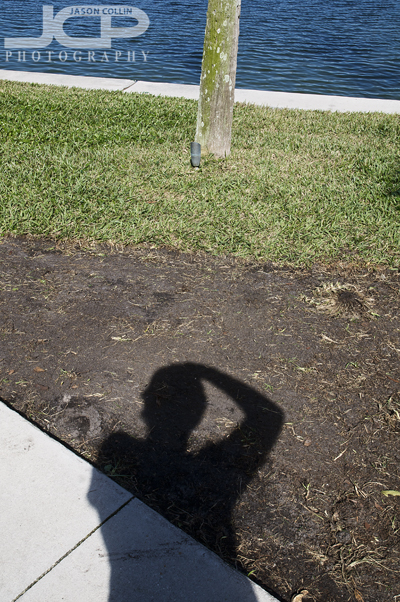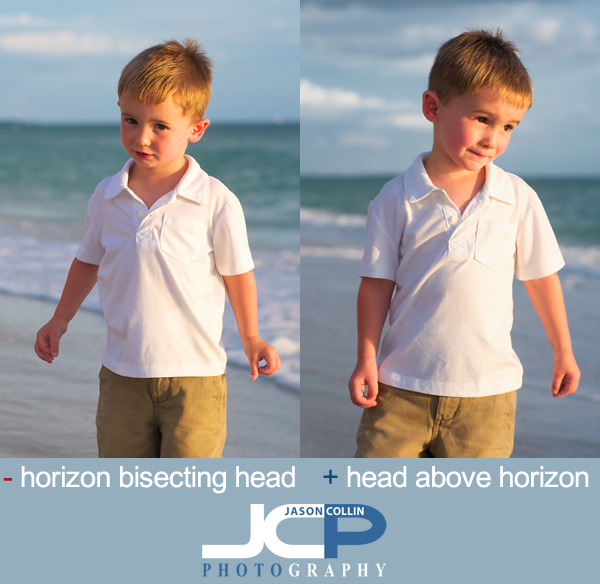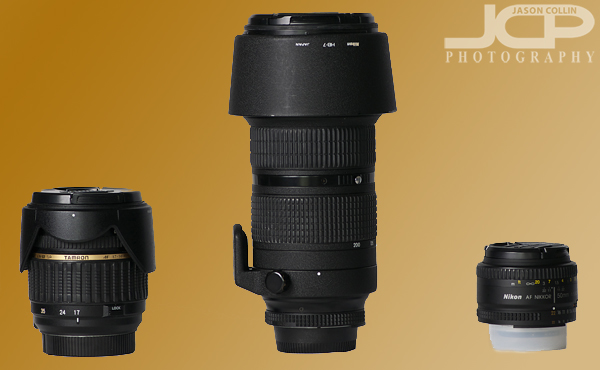 Assuming you have a good subject, then light and background are the two make or break factors for any photograph. Both flower photos above have complimentary backgrounds. However, only one of them works due to the light. The top flower photo was made in harsh light. Even with a large amount of digital editing to try and recover detail in the flower, it was not possible. In contrast, the bottom flower required very little editing as it was photographed in good, soft light.
Assuming you have a good subject, then light and background are the two make or break factors for any photograph. Both flower photos above have complimentary backgrounds. However, only one of them works due to the light. The top flower photo was made in harsh light. Even with a large amount of digital editing to try and recover detail in the flower, it was not possible. In contrast, the bottom flower required very little editing as it was photographed in good, soft light.
No matter how pretty the flower may be, if it is not photographed in good light, then it will turn out looking ugly in a photograph. Look for soft light for flowers. This can be done by photographing flowers in shade and basically avoiding the strong mid-day sunlight times. Early morning or late evening are often prime times for this kind of light. Then remember to make sure the background is good too!






